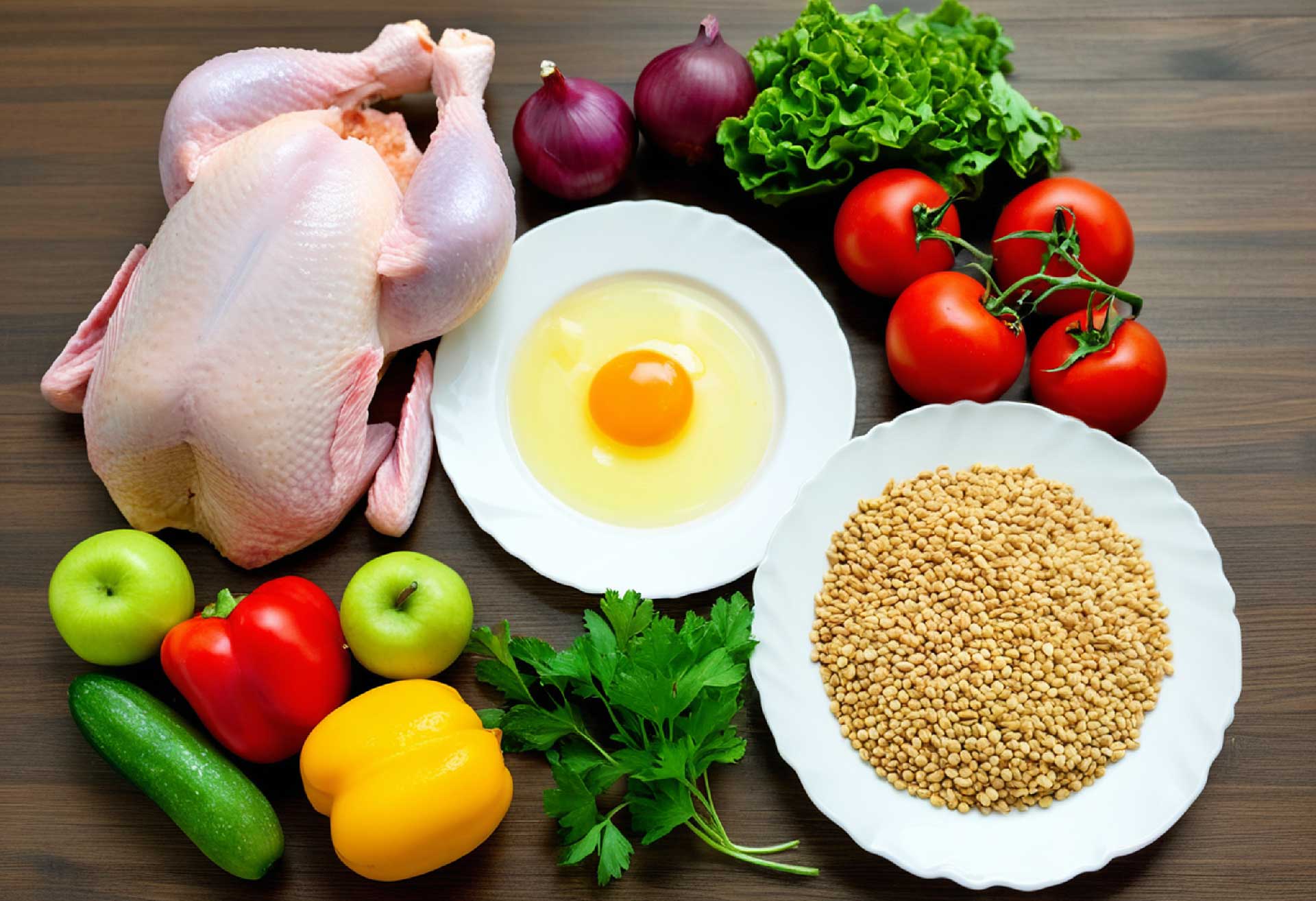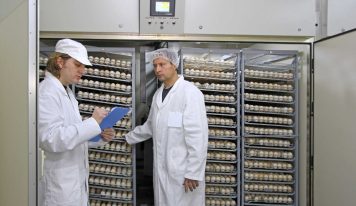The poultry sector vs. the vegetable sector.
Let’s talk about the differences in efficiency between the poultry and plant sectors, focusing exclusively on nutritional, biological and temporal factors.
We do this to create a solid analytical and scientific foundation from which we will subsequently bring forth some of our original and innovative observations. We are developing these observations to prepare a series of meetings dedicated to both the consumer public and professionals in the livestock sector (especially poultry).
Understanding what, how, and why basic foods are produced is a universal topic that should be addressed using appropriate terminology for every audience. However, at https://moreaboutchicken.com/ and https://nutriamocidibuonsenso.it/, we always strive to describe the topics we address simply, because simplicity should not be confused with banality, just as complexity should not be confused with incomprehensibility.
Let’s get started.
When evaluating the production efficiency of food systems intended for human consumption, it is essential to analyze two key aspects: the time factor and the biological quality of the nutrient obtained.
The differences between the poultry sector (meat and eggs) and plant agriculture (cereals, legumes, vegetables) are clearly marked in both fields.
The speed of the production cycle
The poultry sector is characterised by an incredibly short production cycle which ensures a rapid and constant supply of complex nutrients:
- Rapid poultry production: for chicken meat, the life cycle (and therefore production time) is approximately 40 days. Egg production occurs almost daily (approximately 24-26 hours). This speed makes poultry an extremely agile and resilient system in responding to food demand.
- Slow crop production: the production of staple crops for protein (such as grains and dried legumes) or vitamin (fruits and vegetables) is instead tied to long seasonal cycles. Times vary from a minimum of 3 months to 8 or more months for harvesting, drying, and processing. Production is cyclical and highly dependent on climatic conditions.
The quality and assimilation of nutrients
The differences in timing directly impact the quality and effectiveness of the nutrient for the human body, a concept known as bioavailability.
Proteins
Poultry proteins (eggs and meat) are biologically complete. They offer a balanced amino acid profile, containing all the essential amino acids in the ideal ratios for the human body. Consequently, their bioavailability is extremely high, close to 100%, allowing for rapid and efficient absorption.
Plant proteins, although abundant in some crops, are often incomplete (lacking one or more essential amino acids) and their bioavailability is lower. This is due to their biochemical structure, which often sees them bound to fibers and antinutrient compounds that slow or inhibit total absorption in the human digestive tract.
Vitamins and Micronutrients
Poultry functions as a biological concentrator for nutrients that are difficult to obtain elsewhere:
- A prime example is vitamin B12, crucial for the nervous system. This vitamin is produced exclusively by microorganisms and is found in a ready-to-use form in foods of animal origin (meat and eggs).
- Conversely, vitamin B12 is virtually absent from plants. To obtain it from an exclusively plant-based diet, it is necessary to resort to industrial fortifications (artificial additions) or supplements, introducing a step outside the natural production cycle.
In summary, therefore, while plant agriculture is the primary producer of biomass, the poultry sector excels in the role of a rapid biological transformer, providing essential nutrients in a highly concentrated form that is immediately assimilated by the human body, a fact that is crucial for the efficient management of mass feeding.
As mentioned at the beginning of this article, we will soon be developing two original and innovative topics and observations we are currently developing, aimed at both consumers and those working in the livestock sector (especially poultry). For now, we can only reveal the title:
“The Extended Digestive Circuit” and “Responsibly Generated Value” (RGR)











